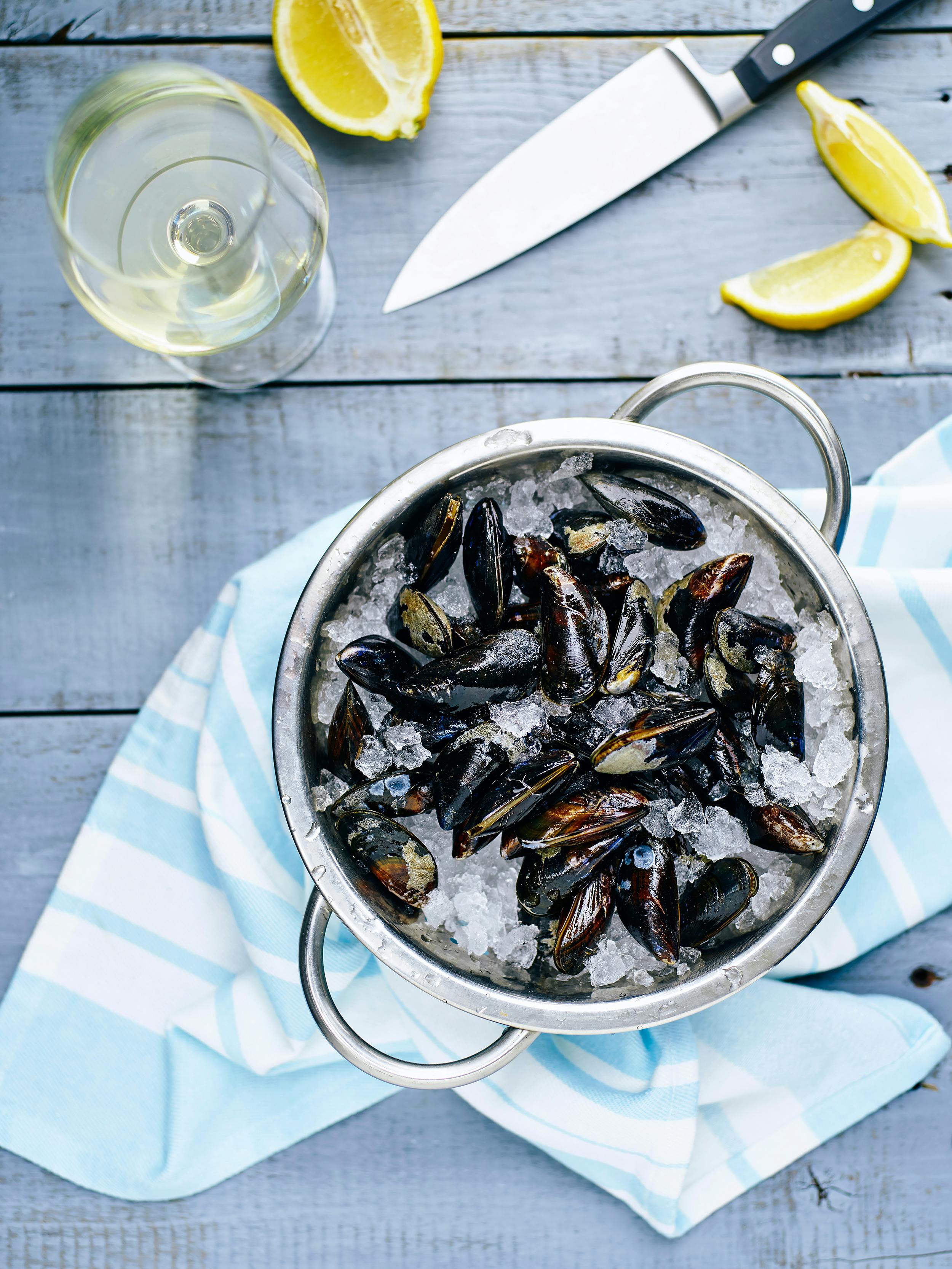
Apply Now


Best 5 Effective Ways to Optimize Salamander Diet in 2025
Understanding Salamander Dietary Needs
With the diverse species of salamanders, their dietary needs can vary significantly. Primarily classified as insectivorous, carnivorous, and even vegetarian, it’s vital to comprehend what these amphibians typically consume in their natural habitats. For instance, aquatic salamanders predominantly feast on small invertebrates, while terrestrial species might enjoy a range of insects and plant matter. The optimal salamander diet is vital for ensuring their health and longevity in captivity. Salamanders typically require a diet rich in protein, especially during their juvenile stages, which is crucial for growth. For adult salamanders, a balanced approach that reflects both their nutritional needs and their habitat conditions is essential. Understanding these dietary requirements lays the groundwork for successful feeding practices tailored to individual species.Types of Salamander Food
When considering how to feed salamanders, it's helpful to categorize their food options. For insectivorous and carnivorous species, feeding them insects like crickets, mealworms, and earthworms is essential. These foods provide vital protein and nutrients. On the other hand, herbivorous and omnivorous salamander species can benefit from a mix of fruits and vegetables in their diets. Consider small pieces of spinach, or diced fruits as appropriate options. Properly balancing these food types ensures that salamanders receive a well-rounded diet that meets their nutritional needs.Feeding Techniques for Salamanders
Employing effective feeding techniques enhances the health of salamanders. For many species, live food is not just an option; it’s a necessity. This includes offering mealworms and crickets, which can be enticing for more active salamanders. Along with live feeding practices, it's crucial to maintain proper hydration for salamanders, especially since they absorb water through their skin. This can be achieved by misting their habitat and providing a shallow water dish. Feeding frequency should also reflect the age and size of the salamander; juveniles generally need to be fed more often than adults.Common Feeding Mistakes to Avoid
When it comes to salamander care, common feeding mistakes can lead to serious health risks. One prevalent error is not offering enough variety in their diet, which can lead to nutritional deficiencies. Relying solely on one type of food, such as only feeding crickets or only offering plant matter can result in undue stress and health problems. Another mistake is overfeeding; juvenile salamanders require frequent feedings, but adults should only be fed a few times a week. Observing their feeding habits can provide crucial indicators for adjusting dietary needs.Dietary Supplements for Salamanders
Incorporating dietary supplements into a salamander’s food regimen can boost their overall health. Calcium and vitamins are often lacking in regular diets, particularly for those kept in captivity. Consequently, using a good quality calcium supplement dusted on their food is advisable, particularly for breeding adults or growing juveniles. Reputable pet stores and online retailers offer commercial salamander diets that can serve as foundational food sources. However, always ensure what you choose complements a balanced diet and meets the specific needs of your salamander species.Juvenile vs. Adult Salamander Feeding
Customized Diet Plans for Juveniles
Juvenile salamanders have distinct dietary requirements compared to adults. They typically require more protein to support their rapid growth. A balanced diet incorporating live foods, insects, and the occasional fruit or vegetable can lead to healthy development. For juvenile salamander feeding, maintaining a routine schedule—feeding them daily or every other day—is essential. Monitoring their weight and activity can offer insights into their dietary needs. These early feeding habits set the stage for their adult diet.Understanding Adult Salamander Diet
Adult salamanders shift their dietary preferences and often consume less protein than juveniles. Their diets may include a mix of invertebrates, fruits, and vegetables. Understanding the best diet for salamanders at this stage can encourage healthy aging and optimal health. Feeding frequency for adults can generally decrease to two to three times a week. It's crucial to continue offering varied dietary options while ensuring they can also access clean water. This flexibility allows them to maintain their natural foraging behaviors, enhancing their quality of life.Adapting Diets Based on Habitat
Salamander diet should reflect their environment and habitat. For terrestrial salamanders, providing a mix of earthworms, crickets, and leafy greens can replicate their natural diet. Aquatic salamander diets, however, differ as they may require small fish or specific invertebrates, such as daphnia, depending on the ecosystem they inhabit. In optimal amphibian habitat setups, mimicry of their wild diet can improve their health. Understanding diet differences across salamander species will ensure that the feeding practices align with their natural feeding habits.
Live Food for Salamanders: Best Practices
Choosing Safe Live Food Options
When considering live food for salamanders, safety must be prioritized. Avoid sourcing insects from unknown or unsafe locations, such as pesticides-laden areas. Instead, purchase live food from reputable sources or breed insects at home to ensure their safety and nutrition. Consider enriched insects, which are gut-loaded with nutrients before being fed to salamanders. This feeding technique enhances the nutritional values of the live prey and promotes better health for your amphibians.Handling Live Food Wisely
Proper handling of live food is crucial for avoiding stress in salamanders. When introducing live insects, ensure they are not too large for your salamander to eat; improper sizes can lead to swallowing issues or hesitation to feed altogether. Use feeding equipment like feeding tongs for direct offering of food, especially when attempting to entice shy feeders. Observing your salamander's behavior during live feeding can indicate their preferences and feeding patterns, allowing you to refine your feeding strategy.Managing Live Food Sourcing
Managing live food sourcing is an essential part of salamander care. Depending on species, finding high-quality insects and live food can vary. Local pet shops often sell insects, but breeding invertebrates at home is feasible and beneficial. Home breeding may also reduce costs in the long term. Keeping habitats for live insects can supply a steady stream of food, ensuring your salamander always has access to nutritious options without compromising the quality of their diet.